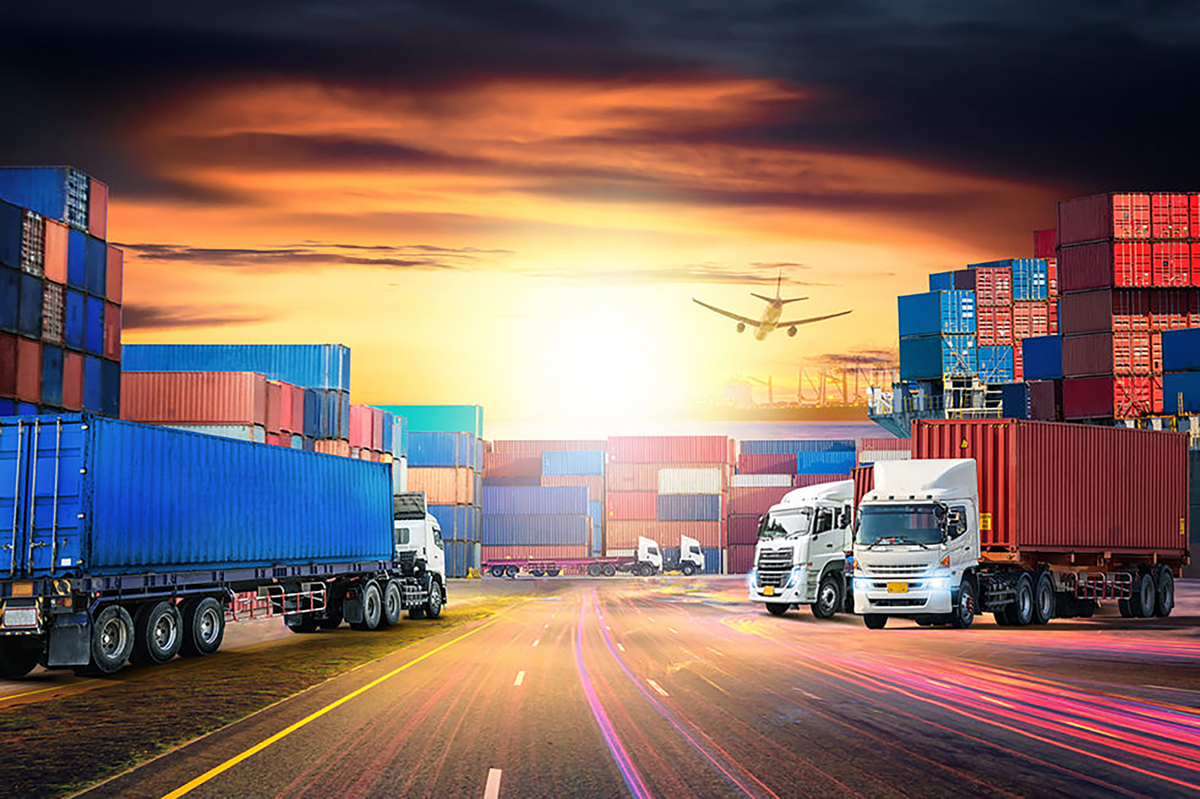
In this interview with N. Balasubramanian, Abhijit Sengupta, Senior Director and Head of Business for Southeast Asia and India, HERE Technologies, elaborates about the current status of the transportation and logistics industry, the increasing use of technology and how the future trends will pan out with the increasing acceptance of electric vehicles
Where do the transportation and logistics industry stand both in India and globally? And what are the glaring gaps that can be addressed in the short-term?
Globally, the transportation and logistics industry is in a very interesting phase of continued transformation. This implies the various conditions we live in right now, including geopolitical impact and macroeconomic pressure that was not so intense a few years ago. Multiple countries are coming out of the pandemic and are struggling to retain their GDP. Going forward, a lot depends on whatever the steps this industry takes and how it tries to address any one of the conditions mentioned above. System ability is one of the crucial pillars of this industry. What we are seeing right now in this industry is that every country and every vehicle manufacturer is trying to be more efficient.
The cost of capital has gone up, inflation is high and the sentiment is that in the next to 2-3 quarters we would see the impact coming in. Everything depends on how cost efficiency can be improved. The key stakeholders would like to spend money more wisely. Meanwhile, consumer demand is picking up post the pandemic and therefore is also imperative for the OEMs to see how they can make the supply more efficient. Due to geopolitical disruptions, the supply chain is not as seamless as it was in the pre-pandemic era and this is posing a big challenge. Further, the entry of the electric vehicle is now playing a significant role in the transport and logistics industry and we are witnessing the emergence of multiple electric vehicle companies which is making this space more challenging and interesting.
In terms of technology, there are major transformations underway and we would see more software-defined vehicles. It is this experience of using software-defined vehicles which will drive purchasing decisions. At the same time, the shortage of chips continues to be a matter of concern. As such, the supply is unable to match the pent-up demand. The bookings are heavy and the waiting period is long which is irksome for the purchaser. One may recall how a leading Indian OEM had to immediately resort to increase in its production numbers after it received more than 100,000 bookings after the launch of a new model in August 2022. Today, most companies are in such a tight corner.
What are your thoughts on the changes being seen with respect to connectivity and digitalisation in the transport and logistics sector?
If you take the horizon of the last 10 years, the world has changed quite significantly and that includes transportation. What we have today is the emergence of platform economy that has impacted the transport and logistics industry in a positive way. We are talking about movement of goods and how technology and the adoption of certain tools have helped the key stakeholders in multiple ways. For example, in the movement of goods there has been a big transformation because of e-commerce and the need for last mile delivery. The impact is on all the key stakeholders such as the fleet owner, the operator and the driver because there is a change from the side of the customer.
We are now dealing with multiple platforms. For instance, due to technology, there is visibility in the movement of goods due to tracking applications. Telematics efficiency has changed the way fleet owners operate and all this has led to better management and cost efficiencies. We now speak of turnaround time, a term that was not in vogue a few years ago. Today, you can sit in one place and move anything from one place to another. So, definitely, these factors have brought about a lot of change in the industry. Timing has now become crucial and customers expect delivery to be completed within the promised timeframe. And here, technology plays an important role. In short, the transportation ecosystem is going through a major revolution.
What do you think the different stakeholders in the automotive and transportation ecosystem need to do to keep pace with the changing trends and ensure they remain relevant with a sustainable business model?
Given the current shift towards electric vehicles, most of the OEMs have a new strategy in place that is very much focused on EVs. Some of the OEMs have announced that by 2030 or onwards or beyond there will not be any internal combustion engines. These are strong commitments to enable companies to move into the EV space. Secondly, the focus is on the connected vehicle and software-defined vehicles because the customer is insistent about having a good and safe driving experience. All this is putting OEMs on a new path, driving them to undertake an entirely new journey. From here on, vehicles are going to incorporate an increasing number of advanced features. And this is not just happening in the four-wheeler segment but also in two-wheelers.

In terms of transport logistics, we now talk about intelligent routing, EV routing and last mile delivery application, all of which will have a significant role to play. It is not a trivial problem to solve but a hugely complex one that brings into play data management, machine learning, artificial intelligence, etc. For logistics companies, the emphasis is on keeping track of how the vehicles and goods move from location A to B and so on. Therefore, with all such disruptions and transformation taking place over a short period of time, industry stakeholders will definitely need to change not only their long-term perspective but also the entire platform of operations.
Considering the size at which the EV market is expanding, do you think there is room for all the new players who are coming in or do you see consolidation in the OEM as well as service provider space?
I think every industry that goes through a phase of transformation finds a way to unlock more potential. There will always be new players and disruptors, and players who will disrupt significantly. And every time a player enters such a market, there will be new ideas. Some ideas may get replicated and some may operate on a ‘me too’ basis but the potential will definitely widen. Disruption at the end of the day will drive customer value, experience, etc. As regards any consolidation, it remains to be see how the economics work out and the level at which electric vehicles are accepted, both in the two-wheeler and four-wheeler segments.
For sure, supply chain delivery and service management will undergo a huge change. Those players who want to be in this space for a long term will have to define or create new sales pitches and it will depend on how they deliver value to a customer. Broadly speaking, the demand for vehicles is not going to go down. In fact, the demand for shared mobility will increase and this will lead to new parameters of demand and supply as well as service. The other aspect to be considered is that new infrastructure will crop in terms of charging stations, etc. and this will make space for the entry of new players. And given that we are now entering a phase of connected vehicles, this will make more room for those in the software business and especially those with expertise in artificial intelligence. Therefore, to conclude, the EV market will go through a boom before any consolidation begins to happen.